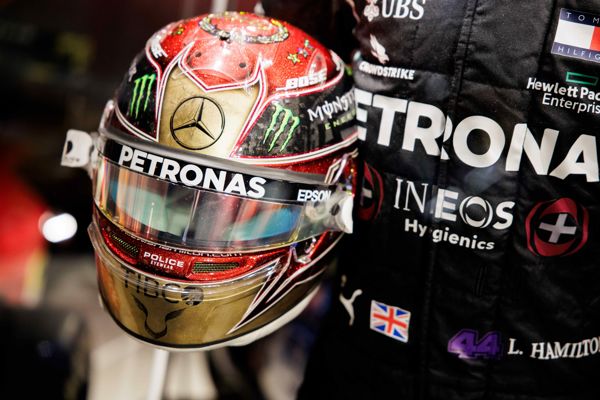Formula 1 vs Formula E Which is faster?
To the casual observer F1 and Formula E may appear quite similar, the two divisions are in fact very different, and you may not have even heard of the latter.
F1 had it’s 70th birthday last year, with the first world championship race held at Silverstone on May 13th 1950. It has long been the centre of the motorsport community, with many aspiring racers dreaming to compete in the series.
F1 is more than just high speed racing, team rivalries and champagne podium celebrations. In fact, the sport has spearheaded innovation throughout history, creating advancements that have directly benefited the wider automotive industry. Composite materials, safety developments, energy recovery systems and aerodynamic innovations from F1 have been adopted by hundreds of millions of cars on the road today.
Making its debut in 2014, Formula E is very much the new kid on the block in the world of motorsport championships. Even though the sport is still in its infancy, compared to F1, its attraction has grown rapidly, with comprehensive live television coverage shown via major broadcasters around the globe.
Inventors of the series were focused on the electrification of the automobile industry, introducing hybrid and electric systems that would reduce carbon dioxide emissions.
Whereas F1 exhibits hybrid cars with internal combustion engines powered by high octane fossil fuels, Formula E cars use a fully electric powertrain to whiz around the track, solely relying on an impressive 250kW battery.
So, in a race to the finish line, who would win?
F1 takes the top podium position in terms of speed - although thanks to continued technological innovation, their electric equivalents are making big strides. The newest all-electric Formula E race cars reach maximum speeds of 280km/h, compared to top speeds reaching 397km/h for F1. Comparing their rate of acceleration, Formula E can go from 0-100km/h in 2.8 seconds. F1 just pips them to the post, reaching the same speeds in an impressive 2.6 seconds.
It is important to remember that F1 has had many decades to develop and improve their technology to become the speediest racing cars on earth. In comparison, it’s only been seven years since Formula E’s conception but even so, the cars continue to become faster and more efficient.
It’s intriguing to think 10 years ahead. What will happen if Formula E continues to refine its electronic technology to parallel the speed of their F1 counterparts? Will the two merge? Either way, the future of both F1 and Formula E is inspiring.
Formula E’s ballooning popularity has understandably spawned many comparisons with F1, but the series that literally came from a suggestion scribbled on the back of a napkin in a restaurant in Paris (true story!) now has a pivotal role to play in the future of modern motoring.
Formula E is not here to rival F1, nor were their cars designed to be the fastest in the world. Rather, its purpose is to accelerate the transition to zero emissions e-mobility, piloting new technologies on the race track before distributing them to the public.
With F1 committing to carbon neutrality by 2030, they could have something to learn from Formula E.
Learn more about the technology behind both Formula E and F1 by visiting the Silverstone Interactive Museum.
Find out more about the circuit and its fascinating past as a landmark in motor racing history, including how it came to become one of the most famous race tracks in the world.
Take a trip to our Tech Lab to see the science behind the sport come to life. Be awe inspired by the evolution of racing cars and hear from engineers to gain insight into the potential future of planet-friendly racing.


